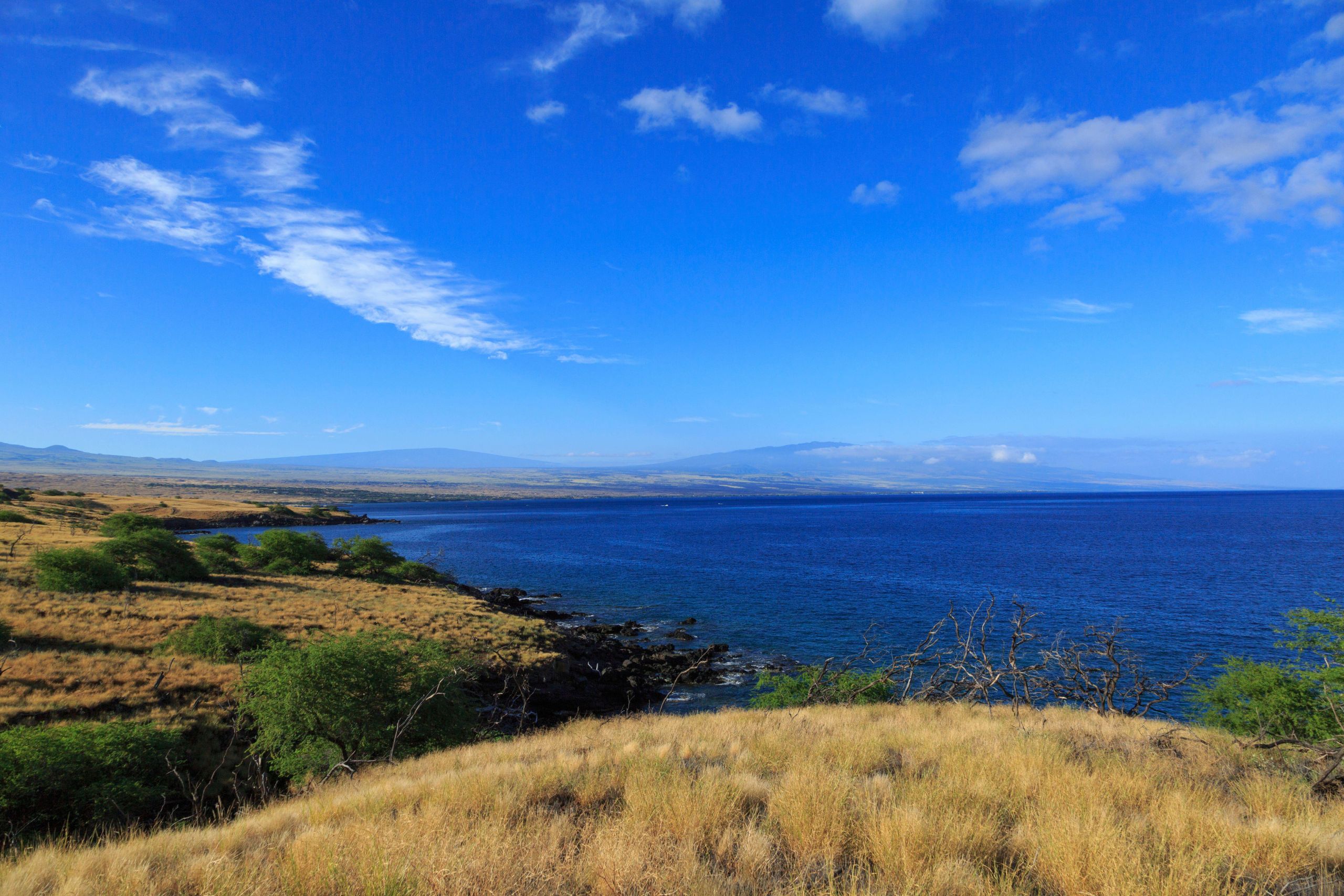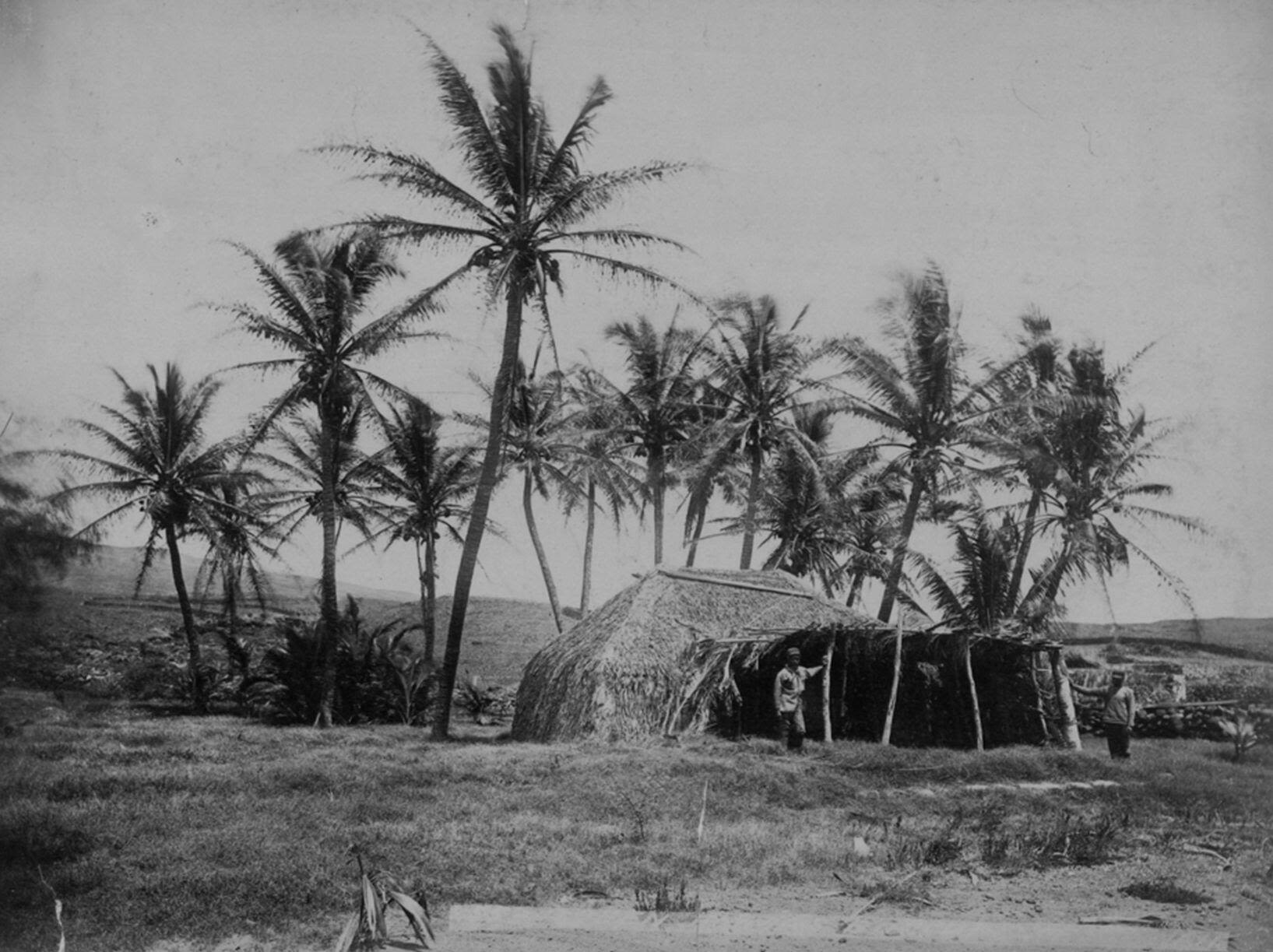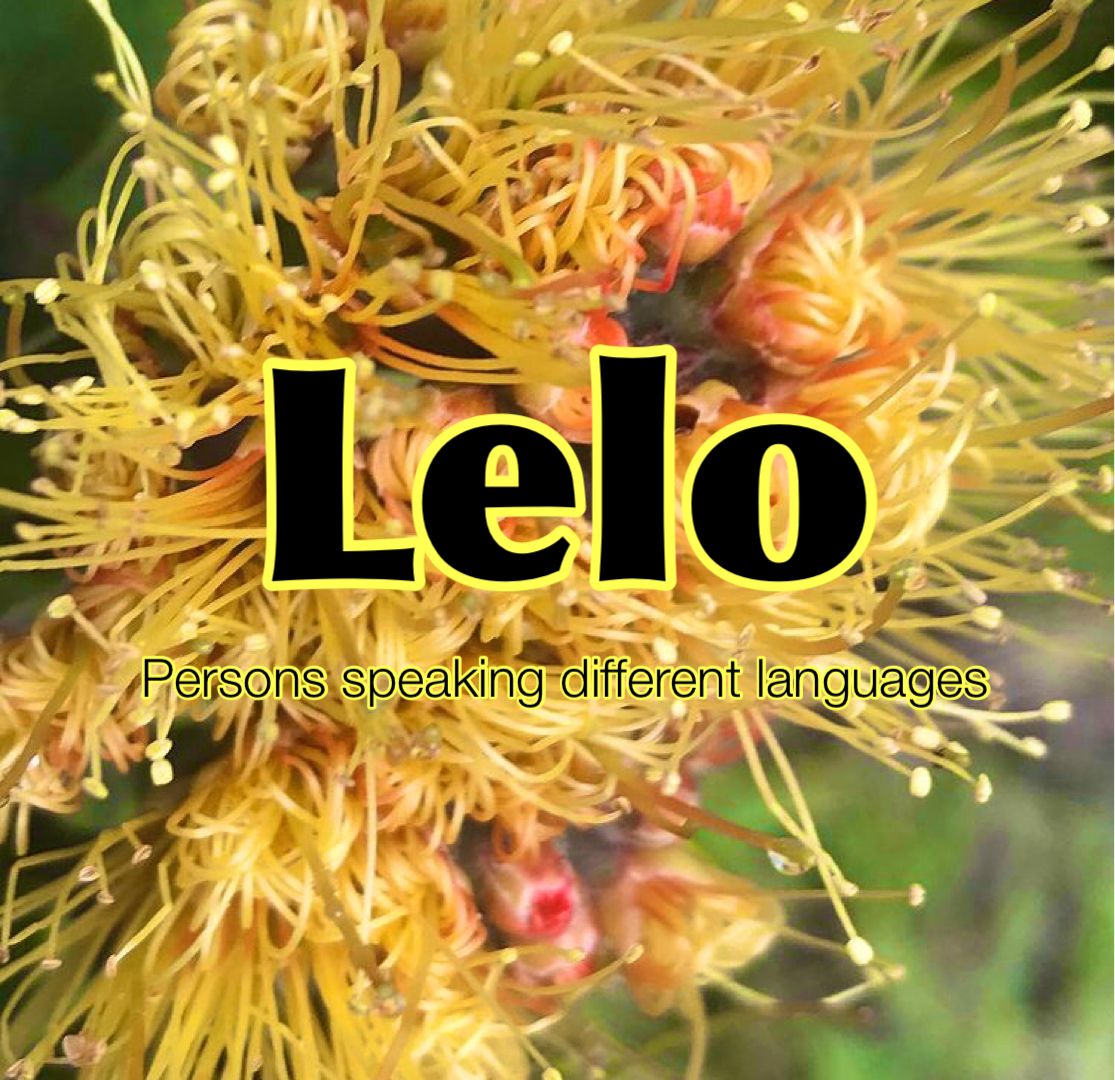Helen Avero
The use of "s" in ʻŌlelo Hawaiʻi

Mānaleo Series
These short clips of native speakers on Ka Leo Hawaiʻi talking about their lives and practices are invaluable windows into our past, our language, and ourselves. Our mahalo kūhohonu goes out to Larry Kimura and Puakea Nogelmeier for their foresight in preserving the voices of these hulu kupuna.
Listen and read along:
1. Press play on the video below (ensure volume is up).
2. Scroll down and read along in the language of your choice.
3. Repeat as needed.
*Mobile users: Touch the video two times for the button on the upper left and minimize the window to listen and read at the same time.
Helen Avero of Kawaiahe Uka shares how her family members spoke with the letter "s" at home
Larry Kimura: E ʻōlelo ana ʻoe e pili ana ka ʻōlelo Hawaiʻi ʻana, kekahi manawa āu i lohe ai, mai nā mākua mai, ʻano ʻokoʻa nō ke ʻano o ka walaʻau ʻana?
HA: ʻAe ʻae ʻae. Kēlā poʻe, um, he ʻohana nō no koʻu makua kāne, but even koʻu makua kāne, kahi manawa, walaʻau nō me ka “s”, “s”. ʻAʻohe kēlā ʻano i Hawaiʻi. You know, poʻe Hawaiʻi kēia manawa, “a, e, i, o, u, hē, kē, lā, mū, nū, pī, wē” ʻaʻohe ka “s”.
LK: ʻAe
HA: Ma mua ka “ke” me “ka” he “s”, “sā”, “sē”.
LK: Ohhh… me kēlā?
HA: ʻŌlelo paha, “Pehea so ʻosou noho ʻana ma so ʻosou home?” You know, ua komo mau kēlā “sā sā” ma loko ah. “Se hele mai...se hele mai i sa home.” You know, pēia.
LK: Ahhh
HA: “So māua hele ʻana ma so ʻō. Ma so ʻō a ma sa laila, ʻise asu i sa mea pono o sā lākou sana ʻana.” [LK: Laughter] Ko mākou hele ʻana aku i ka home, ʻike mākou i ka lākou hana ʻana.
LK: ʻAe, ʻae.
HA: But me ka “s” “s” wale nō. A kēia, ma koʻu makuahine, kona ʻohana, kona mau kaikunāne, male i kēia poʻe wahine nō Kaʻū. Poʻe Kaʻū, pēia ko lākou walaʻau ʻana. Me kēlā ʻano “s” “s”, you know. Nā mea hoʻopuka…
LK: “S” wale nō.
HA: “Se lewa, se lewa...Sāhīhī, sāhūhū, se lewa!”
LK: HAHAHAHA
HA: Sū asu sa masani ē. Sū asu sa masani ē. Pua asu, pua asu. He sele mai. Se ʻise asu sāsou i se ʻano o sēlā wahi. You know, hemahema ka ʻōlelo ʻana i kēia manawa.Larry Kimura: A ʻo ka ʻulu, he ʻokoʻa nō kona kuʻi ʻia ana?

Hale Hawaiʻi ma Kawaihae, 1889
Unuhina (Translation):
LK: You were talking about speaking Hawaiian, how sometimes you heard from your parents, a kind of different way of speaking?
HA: Yes, yes, yes. Those people, um my fatherʻs family, but even my father, sometimes he would speak with an “s”, “s”. No more that kind in Hawaiʻi (now). You know, Hawaiian people now, “a, e, i, o, u, hē, kē, lā, mū, nū, pī, wē” no more the “s”.
LK: Yes
HA: Before the “ke” and “ka” was “s”, “sā”, “sē”.
LK: Ohhh, that’s how it was?
HA: They might say, “How’s life at home?” You know, they inserted that “sa” “sa” inside, eh. “So-n-so is coming...Coming to the house.” You know, like that.
LK: Ohhh…
HA: “When we went there...we saw just how they did it.” LK: [Laughter] “When we went to their home, we saw them doing this.”
LK: Yes, yes.
HA: But with the “s” “s” only. And this, in my mother’s, her family, her brothers married these women from Kaʻū. People from Kaʻū, this is how they would speak. With that kine “s” “s”, you know. They would say things like...
LK: “s” only.
HA: “Se lewa, se lewa...Sāhīhī, sāhūhū, se lewa!”
LK: HAHAHAHA
HA: “The wind rises. The wind rises. It comes up, comes up. It’s coming. We see what that place is like.” You know, I’m not very good at speaking like that now.
He manaʻo na Helena:
Helen Avero speaks of a different dialect of Hawaiian language. She would hear her family speaking Hawaiian with an “s” in replacement of “k” and sometimes an “h” which is unheard of in Hawaiian language today. To Hawaiian language speakers, it may sound funny to hear and make you laugh, but it is a way that our kūpuna would play with the language for fun.

Kiʻi: Makani Gregg @mataniotetai
Na Helena Bakutis-Kekaula i palapala, unuhi, a kākau.
Na Hina Kneubuhl i hoʻoponopono a hoʻonohonoho.
Click here to access the full recording on Kaniʻāina.

Hale Hawaiʻi ma Kawaihae, 1889
Hale Hawaiʻi ma Kawaihae, 1889

Kiʻi: Makani Gregg @mataniotetai
Kiʻi: Makani Gregg @mataniotetai
